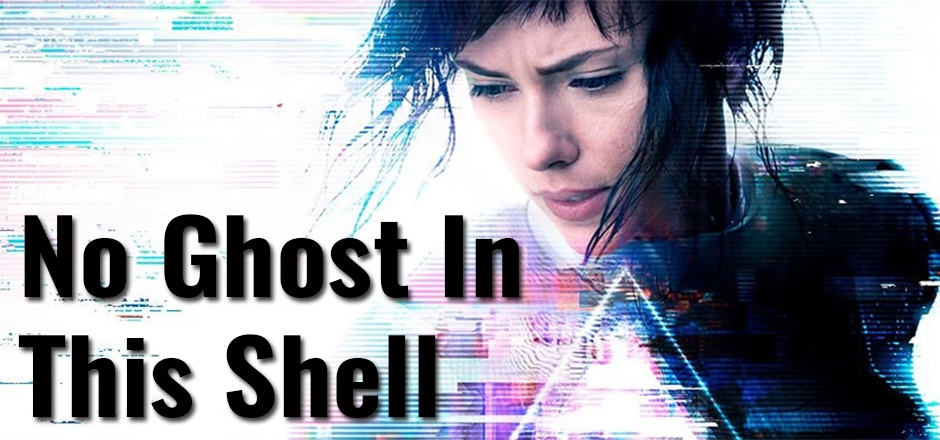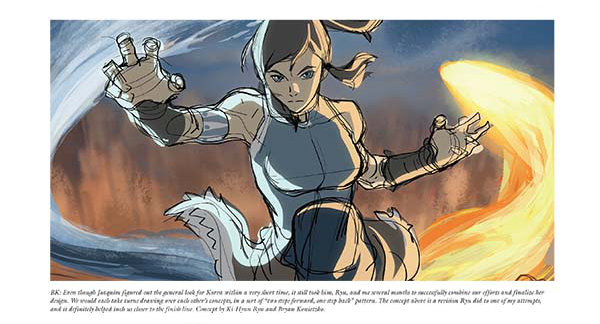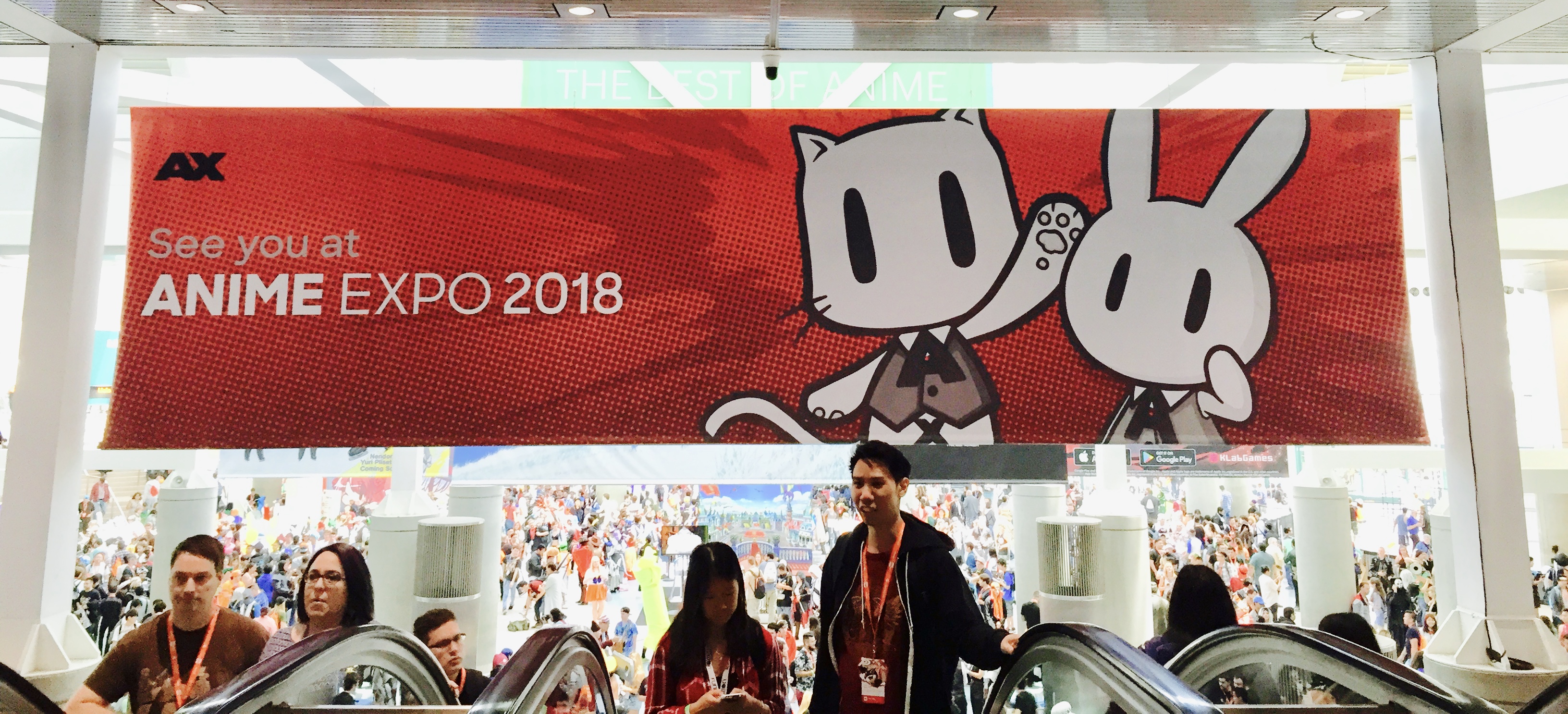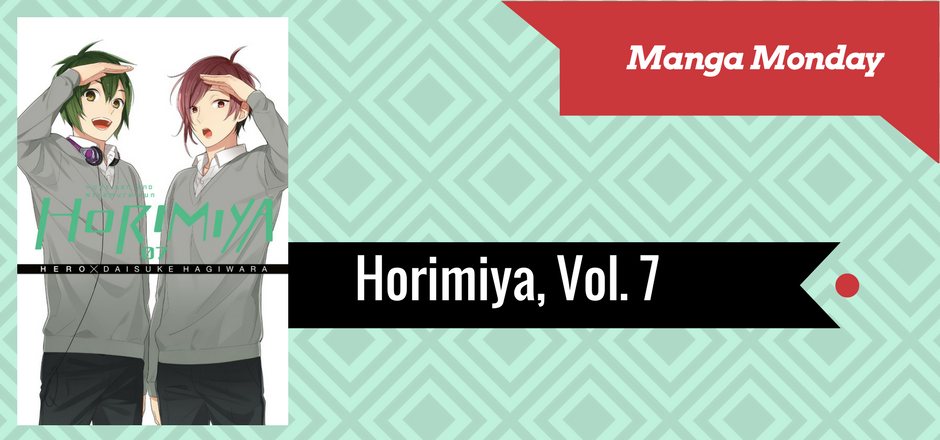Discussions and controversy over whitewashing and appropriation have followed the Hollywood adaptation of the beloved anime classic Ghost in the Shell from the moment production was announced. This situation is especially bitter and ironic because, having watched the film, there really isn’t much to say about the merits of the movie independently from the criticisms of whitewashing. Without it, Ghost in the Shell would’ve quietly faded away mostly unnoticed by an indifferent audience that has already experienced every incarnation of this type of futuristic blockbuster and special FX extravaganza full of vague warnings and half-hearted philosophical musings about the ethics of robotics, corporate corruption, and the line between humanity and technology.
The movie is centered on Major, played by Scarlett Johansson, the first cyber-enhanced person to have her  brain salvaged and placed inside a robotic shell. Major is part of Section 9, a faction of soldiers devoted to stopping Japan’s most dangerous criminals. When a new brand of cyberterrorism threatens the city, Major is forced to question her entire existence, which leads her to discover that she had been lied to about who she was and that her real life was brutally stolen from her.
brain salvaged and placed inside a robotic shell. Major is part of Section 9, a faction of soldiers devoted to stopping Japan’s most dangerous criminals. When a new brand of cyberterrorism threatens the city, Major is forced to question her entire existence, which leads her to discover that she had been lied to about who she was and that her real life was brutally stolen from her.
To borrow from the film’s lore, this movie is a shell lacking a ghost. It’s a beautiful display of colors and futuristic imagination – although this was mostly borrowed from the original – that’s ultimately hollow and soulless, an emotional flatline from beginning to end. Any intended message is lost among the endless barrage of action sequences, and not a shred of political or social commentary manages to transcend the screen, feeling more like an after-thought not even the writers cared enough about to explore.
Absolutely everything about this film is only surface-deep, an unremarkable spectacle for the senses that fails to make any sort of attachment on the mind. It sacrificed the integrity and complexity of the original film for looks and action sequences. That it is so unfailingly mediocre and entirely forgettable is inexcusable in light of the circumstances that made the film a hot topic of conversation. This means that the film doesn’t even have to be watched in order to contribute to the only significant conversation one could have about it: how it perpetuates racial erasure, cultural appropriation and white feminism.
In fact, the sole issue worth discussing between those who watched the movie is the outrageous lack of self-awareness that guides the plot as it mirrors the reality that mired the production in controversy, and how that ultimately becomes the best argument against this film’s very existence.
The film’s predictable twist comes through the peak in Major’s character arc when it’s revealed that a heinous crime has been committed against her: they robbed her of her life and identity, both of which she had been lied about, to turn her into a cyborg they could control. In a strangely ironic and seemingly tone-deaf twist, the crime that established the line between villains and heroes was that the former had the life and identity of a Japanese young woman named Makoto Kusanagi erased and replaced with an empty, white pillar of Western beauty named a very American-sounding Mira Killian.
[blocktext align=”left”]This means that the film doesn’t even have to be watched in order to contribute to the only significant conversation one could have about it: how it perpetuates racial erasure, cultural appropriation and white feminism.[/blocktext]Some might argue that this plot twist justifies Johansson’s casting or that it might even be a direct response to the claims of whitewashing. However, at no point is the audience given any indication that this film is self-aware or profound enough to commit their entire narrative to vilifying whitewashing or articulating the evils of racial erasure, and judging by the weak defenses given by the cast and crew, it doesn’t really seem like they wanted race to be an important issue in either the film or the discussion they were hoping to generate.
The fact that Major was originally Japanese and now white (and beautiful, as she is constantly told) isn’t even an issue in the movie, and I can’t be convinced that it was intended to be a provocation for the audience to ponder on. It was forced into the script so they could cast a white American film superstar in the lead, not an exercise in self-awareness or social conscience, as the movie makes no effort to differentiate experiences based on race, sex, residence status or anything of the sort. But then again, it couldn’t even be bothered to actually delve into the cyborg/human dilemma that it was supposed to articulate.
For all that Johansson and director Rupert Sanders spoke about the film as if it were an achievement for women everywhere, the film is not even concerned with humanizing Major’s experience as a (cyborg) woman. In fact, Johansson’s own defense of claiming the film as a victory for all empowered women, as if all women were monolithic, falls through when one takes into consideration how little autonomy her character has – in a film that is supposed to be about defying an authority that demands blind obedience. Every single move her character made was suggested, prompted or guided by a male figure, since there are only three other female-speaking roles and they’ve but a handful of lines together.
Even beyond Johansson’s casting, the film seems to have very little regard for the entire culture it stole from. Every single Japanese appearance was essentially a stereotype from look to lines – the yakuza, the greasy perverted old man, and the wise, stoic old mentor – and the movie shoe-horned the latter as an exclusively Japanese-speaking character, as if that made up for populating a film in Japan with a mainly white cast save for the gun fodder.
In spite of the cast and crew’s wishes, it’s impossible to separate any discussion about Ghost in the Shell from racial topics because the film offers nothing else that elevates this adaptation from what it’s been since the moment Johansson was announced as the lead: a new low for cultural appropriation and an inexcusable exercise in racial erasure.
[blocktext align=”right”]It’s impossible to separate any discussion about Ghost in the Shell from racial topics because the film offers nothing else.[/blocktext]So what comes next? During the last couple of years, we’ve watched diverse movies like Get Out rock the box office, or snatch the most important awards in the film industry over white stories, like Moonlight over La La Land. We’ve also witnessed the commercial failure of projects featuring the overt and deliberate whitewashing of characters, like Aloha, Pan and Ghost in the Shell, and the brutal panning and slamming of the critics, like with Netflix’s Iron Fist.
And yet, to hope this will mean an immediate change in Hollywood is nothing short of naïve. Clearly, Hollywood executives are failing to see what audiences and critics already know: white is neither the racial standard nor the universal experience, especially when it comes at the expense of the narratives of other races, cultures and identities.
Truly great stories come in a vast array of colors and experiences born from diversity, and to forcefully remove this in favor of simplistic, privileged whiteness, like in Ghost in the Shell, it robs the ghost from the story and leaves its shell soulless.
[coffee]






